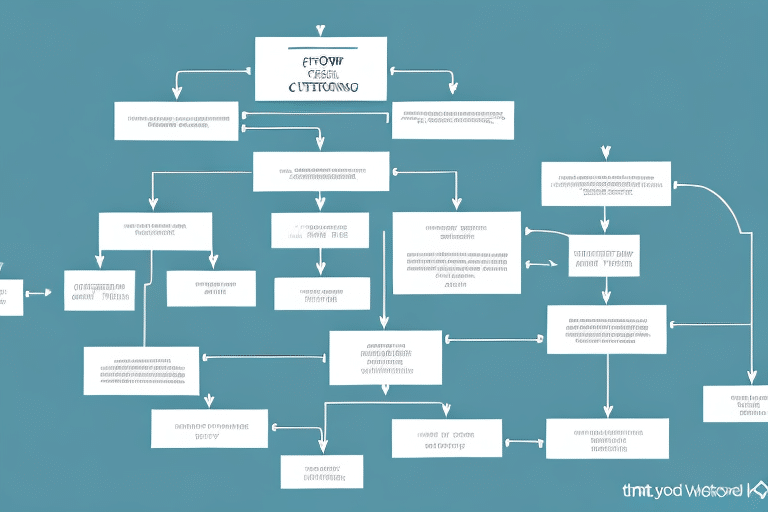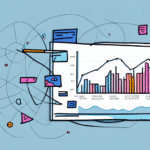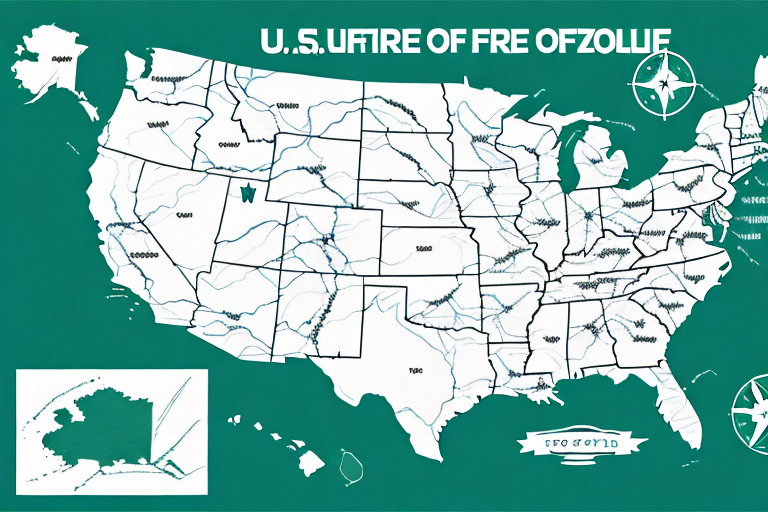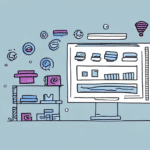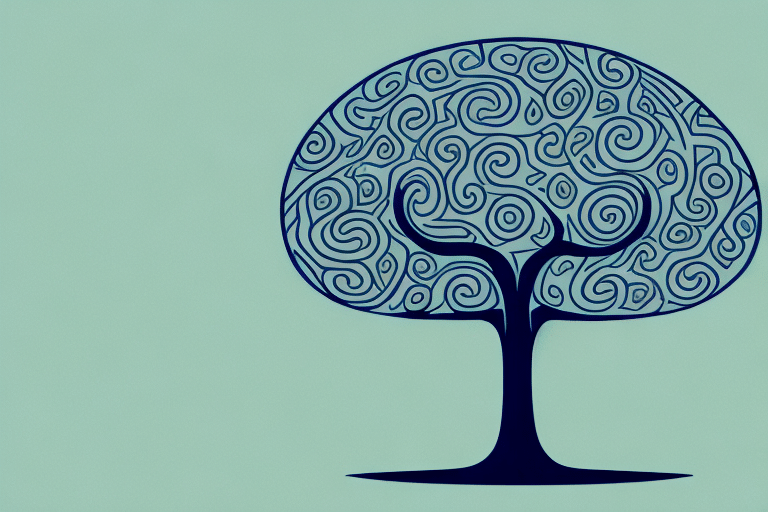Why Customer Retention Matters for Business Success
Customer retention is crucial for the long-term success of any business, as it costs much less to retain an existing customer than to acquire a new one. Not only that, but loyal customers are more likely to make repeat purchases, refer others to your business, and even pay more for your products or services. In fact, studies show that increasing customer retention by just 5% can increase profits by 25% to 95%. Therefore, it's essential to have a plan in place to retain your customers.
One way to improve customer retention is by providing excellent customer service. When customers feel valued and heard, they are more likely to continue doing business with your company. This can be achieved by training your employees to be friendly, knowledgeable, and responsive to customer needs. Additionally, offering personalized experiences, such as customized recommendations or exclusive discounts, can also help to build customer loyalty.
Another important factor in customer retention is maintaining a strong online presence. In today's digital age, customers expect to be able to interact with businesses online, whether it's through social media, email, or a website. By regularly engaging with customers online and providing valuable content, businesses can establish themselves as trusted authorities in their industry and build a loyal following.
Understanding the Customer Retention Process
Before creating a customer retention flow chart, it's important to understand the various steps that go into retaining a customer. These include:
- Identifying key customer segments: Knowing who your most valuable customers are.
- Mapping out the customer journey: Understanding the touchpoints from awareness to purchase.
- Analyzing customer behavior and needs: Determining what drives your customers.
- Developing retention strategies: Creating plans to keep customers engaged.
- Measuring effectiveness: Assessing how well your strategies are working.
Additionally, it's essential to continually re-evaluate and adjust your plan to meet the evolving needs of your customers.
Providing Exceptional Customer Service
One important aspect of customer retention is providing excellent customer service. This includes responding promptly to customer inquiries and complaints, offering personalized solutions, and going above and beyond to exceed their expectations. By providing exceptional customer service, you can build strong relationships with your customers and increase their loyalty to your brand.
The Benefits of Creating a Customer Retention Flow Chart
A customer retention flow chart can offer numerous benefits for your business:
- Visualization of the retention process: Helps in understanding and optimizing each step.
- Identification of improvement areas: Pinpoints where the retention process can be enhanced.
- Team alignment: Ensures all team members are on the same page regarding retention strategies.
- Efficient onboarding: Aids in training new employees effectively.
- Tracking effectiveness: Monitors the success of your retention plans over time.
Prioritizing Retention Efforts
By mapping out the customer journey and identifying key touchpoints, you can focus your resources on areas that have the greatest impact on retention. This leads to more efficient and effective retention strategies, ultimately resulting in increased customer loyalty and revenue.
Identifying Potential Roadblocks
A flow chart can also help in identifying potential obstacles in the retention process. By visualizing the entire customer journey, you may discover areas where customers are dropping off or experiencing issues. Addressing these pain points can improve the overall customer experience, leading to higher retention rates and customer satisfaction.
Creating Your Customer Retention Flow Chart
Identifying Key Customer Segments
The first step in creating a customer retention flow chart is to identify your key customer segments. This involves analyzing your customer data to determine who your most valuable customers are, as well as understanding their individual needs and preferences. By targeting these segments, you can develop focused retention strategies that resonate with them.
Conducting Surveys and Focus Groups
One effective method to identify key customer segments is by conducting surveys or focus groups to gather direct feedback from your customers. This provides valuable insights into their motivations, pain points, and preferences, allowing you to tailor your retention strategies accordingly.
Evaluating Customer Lifetime Value
Another important factor is the lifetime value of your customers. Those who have been with your business longer and have made multiple purchases are typically more valuable. Prioritizing the retention of these high-value customers can maximize your revenue and build a loyal customer base.
Mapping Out the Customer Journey
Once you have identified your key customer segments, the next step is to map out their journey. This involves understanding the various touchpoints customers have with your business, from initial awareness to the final purchase decision. Mapping this journey helps in identifying areas where customers may drop off or face challenges, allowing you to develop strategies to keep them engaged.
Post-Purchase Engagement
The customer journey doesn't end with the purchase. After a customer makes a purchase, they enter the post-purchase phase, which is a critical period for fostering long-term relationships. Providing excellent customer service, addressing any concerns, and offering follow-up support can turn a one-time buyer into a loyal advocate for your brand.
Analyzing Customer Behavior and Needs
Understanding your customer's behavior and needs is essential for developing effective retention strategies. This involves analyzing purchasing patterns, preferences, and feedback to identify opportunities for cross-selling or upselling. Personalized retention strategies that align with your customers' interests can significantly enhance loyalty.
Utilizing Customer Surveys
Customer surveys are a valuable tool for gaining insights into satisfaction levels, pain points, and areas for improvement. By regularly collecting and analyzing feedback, you can identify common themes that inform your retention strategies and better cater to your customers' preferences.
Developing Effective Customer Retention Strategies
With a clear understanding of your key customer segments, their journey, and their needs, you can develop targeted retention strategies. These may include:
- Implementing loyalty programs
- Personalized communications
- Referral campaigns
- Exclusive offers or promotions
It's important to continually test and refine these strategies to ensure their effectiveness and adapt to the evolving needs of your customers.
Exceptional Customer Service
Providing exceptional customer service remains a cornerstone of effective retention strategies. This involves prompt responses to inquiries, personalized solutions, and exceeding customer expectations to build trust and loyalty.
Incentivizing Loyalty
Offering incentives such as exclusive discounts, early access to new products, or a points-based loyalty program can encourage customers to remain engaged and continue their relationship with your brand.
Creating and Managing Your Retention Flow Chart
Steps to Create a Flow Chart
Creating a flow chart for your customer retention plan involves breaking down the retention process into actionable steps. Key steps include:
- Identifying key customer segments
- Mapping out the customer journey
- Analyzing customer behavior and needs
- Developing retention strategies
- Measuring effectiveness
Establishing Communication Cadence
Determine the frequency and channels of communication with your customers, whether through email newsletters, social media updates, or personalized outreach. Consistent communication helps keep your brand top of mind.
Incorporating Incentives and Rewards
Use incentives or rewards to encourage customer loyalty. This could include exclusive discounts, early access to new products, or a points-based loyalty program that rewards repeat purchases.
Integrating Technology and Automation
Leverage technology and automation to enhance your retention efforts. Tools like customer relationship management (CRM) software, email automation, and data analytics can streamline personalized communications and provide valuable insights into customer behavior.
Evaluating and Maintaining Your Retention Plan
Measuring Effectiveness
It's crucial to measure the effectiveness of your customer retention plan by tracking key metrics such as:
- Customer retention rate
- Lifetime value
- Referral rate
These metrics help identify which strategies are working and where adjustments are needed.
Continuous Improvement
Maintain a successful customer retention plan by regularly interacting with customers, providing exceptional service, offering personalized communications and promotions, and rewarding loyalty. Continually test and refine your plans to meet the evolving needs of your customer base.
Common Mistakes to Avoid
When creating a customer retention flow chart, be mindful of common pitfalls:
- Failing to involve all team members in the process
- Not effectively tracking metrics and customer feedback
- Being unwilling to adjust and refine your plan over time
To avoid these mistakes, ensure you have a clear understanding of your retention goals, involve your team in the planning process, and continuously monitor and adjust your strategies as needed.
Success Stories: Real-Life Examples of Effective Retention Plans
Real-life success stories can provide valuable insights into effective customer retention strategies. For example, Amazon Prime offers a range of benefits to subscribers, including free shipping, exclusive discounts, and access to streaming services. By providing such a comprehensive value proposition, Amazon has been able to retain a large and loyal customer base.
Measuring the ROI of Your Retention Flow Chart
Measuring the return on investment (ROI) of your customer retention flow chart involves tracking metrics such as customer lifetime value, acquisition cost, and retention rate. By comparing these metrics to your goals and objectives, you can determine the effectiveness of your retention plan and identify areas for improvement. Additionally, it's important to continually adjust and refine your retention plan to ensure that you are maximizing returns.
Conclusion
Creating a customer retention flow chart can be a powerful tool for businesses looking to improve customer satisfaction and maximize profits. By understanding the various steps involved in the retention process, identifying key customer segments, and developing targeted retention strategies, you can increase customer loyalty and drive long-term success. By following the step-by-step guide provided in this article, as well as avoiding common mistakes and learning from real-life success stories, you can create a comprehensive and effective customer retention plan for your business.













